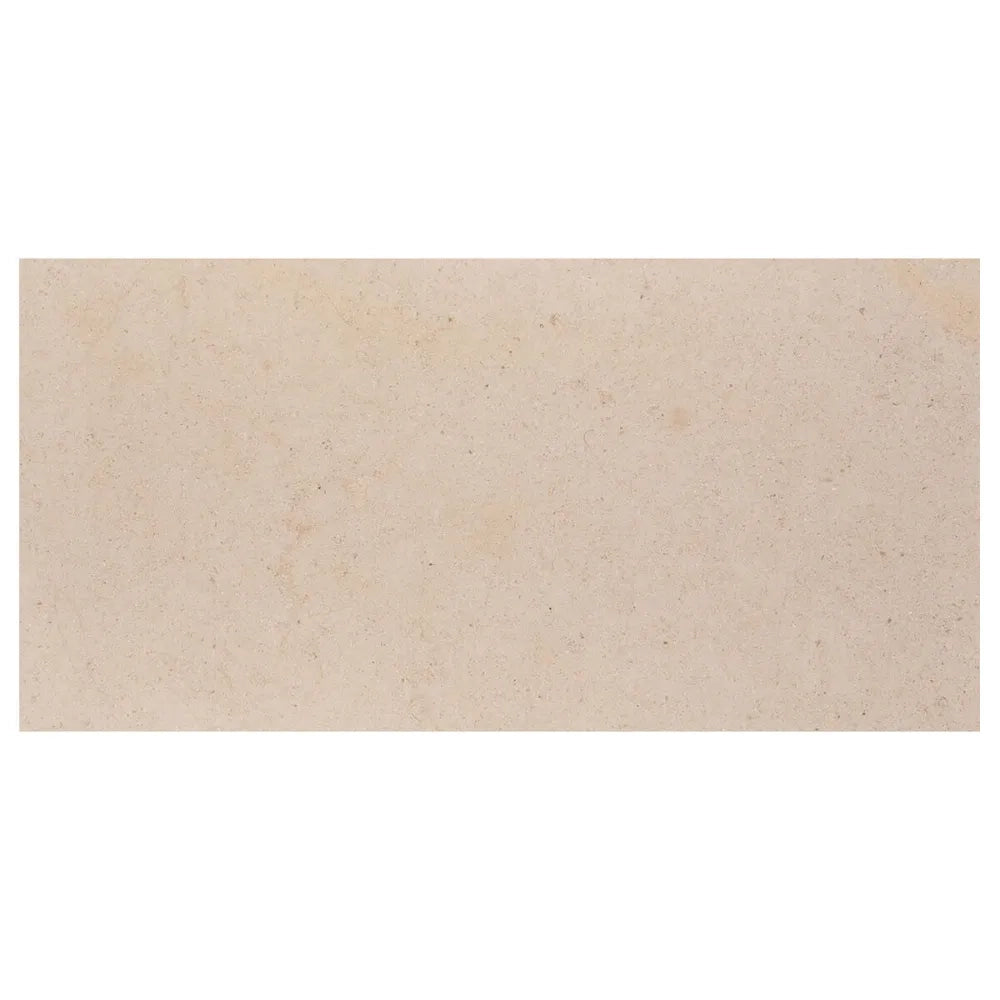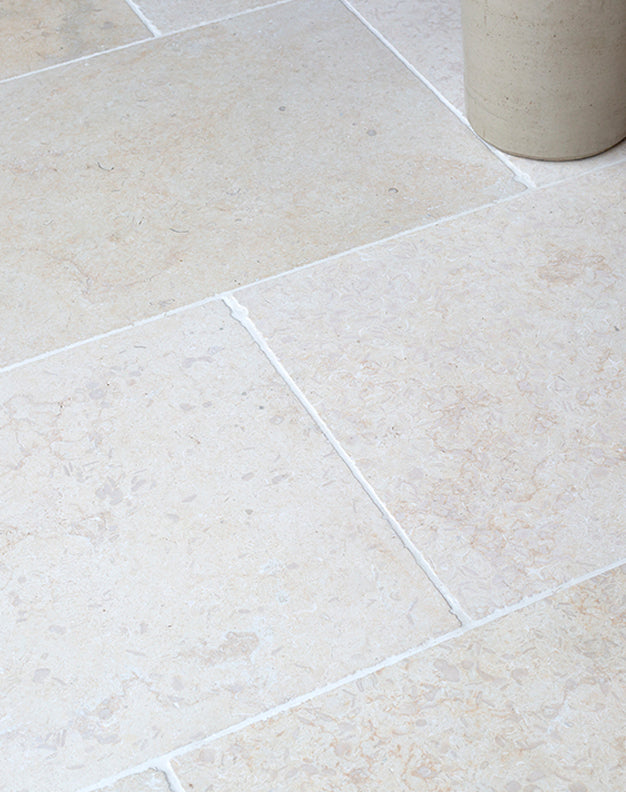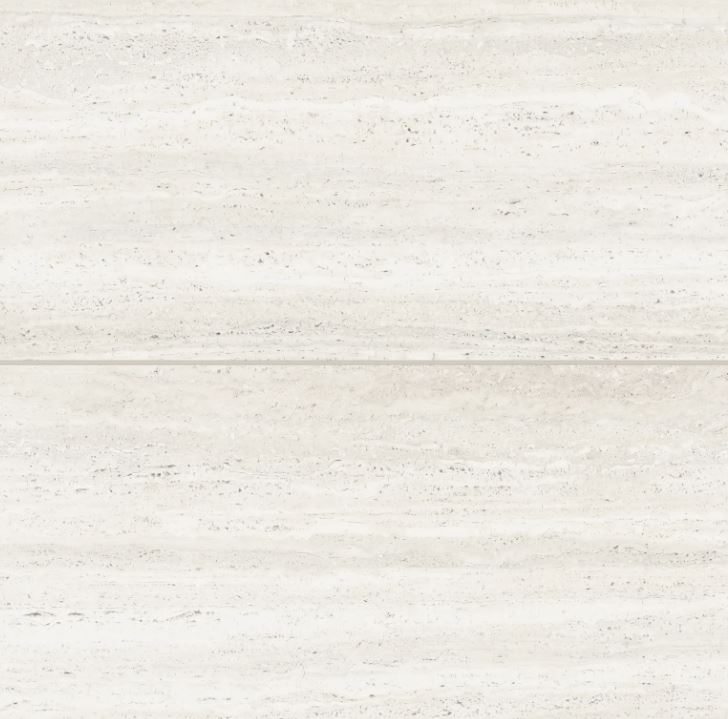Which Kitchen Floor Tiles Are Best? Kitchen Design Ideas
Buying floor tile for your kitchen, or any other room, seems like the easiest thing to do – just measure the area, pick out what you like, and buy it. But it’s not all that simple, especially when the room your buying for is your kitchen. Explore kitchen flooring options from porcelain tile, natural stone, or large format tile selections for your home.
I recently discovered a leak in my kitchen drain pipe. The pipe runs under the kitchen floor, so to fix the leak the plumber has to demo’ the kitchen floor tile and jackhammer the concrete underneath to replace the pipe. So now I’m deciding on kitchen floor tile for the first time in over 20 years. A lot has changed and I’d like to take you through some great options.
Limestone Kitchen Floor Tile
Just doing a random search for kitchen floor tile I first came to a site with limestone tile. These are very nice, they come in many sizes, and have a natural tone matching just about any décor. As a sedimentary rock, limestone is formed over millions of years and is known for its strength. This makes it an ideal choice for high-traffic areas such as the kitchen. Limestone is resistant to water, heat, and scratches, making it highly resilient and suitable for everyday use.
- Natural beauty: Limestone has stunning natural colors and patterns.
- Durability: Limestone is a sedimentary rock that’s been used for centuries in kitchens and is known for its strength and resilience. It’s resistant to water, heat, scratches, stains, and wear.
- Easy to clean: Limestone is easy to clean.
Although Limestone kitchen floors seem ideal, there are also many disadvantages.
- Staining: Limestone is porous and can stain from spills, especially acidic substances like wine or lemon juice.
- Scratching and chipping: Limestone can scratch from high-heeled shoes, pet claws, and dragged furniture. Chipping can occur on the edges of tiles.
- Installation: Limestone is heavy, and looks best with a narrow grout, so it often requires professional installation.
- Maintenance: Limestone requires regular cleaning to prevent dirt and debris from scratching the surface. Limestone also needs a sealer applied regularly to avoid staining.
- Cost: Limestone can be expensive due to the cost of the material and professional installation.
How Porous is Limestone?
Limestone is a sedimentary rock that contains tiny openings and voids, making it susceptible to staining from acidic liquids. Limestone’s porosity can also make it more susceptible to staining and moisture-related issues. To prevent staining and extend the lifespan of limestone, it’s important to seal it regularly. The number of coats required depends on the porosity of the limestone, but it’s generally recommended to apply at least three coats before grouting. However, with a good sealer coat limestone is manageable in the kitchen.
Whether you prefer a classic, traditional design or a more modern, contemporary style, limestone floor tiles are incredibly versatile and can complement any kitchen design.
Porcelain Floor Tile
When I think of high-traffic areas, particularly kitchens, I think of porcelain floor tiles. I have porcelain tiles in my kitchen now, and they’re bullet proof. They’re generally less expensive than natural stone, but more expensive than ceramic tile. Although I’m leaning toward porcelain tile for my kitchen, I’ll probably choose tile that has the look of natural stone.
Porcelain is made from very fine clay that is fired at high temperatures to remove more moisture from the tile resulting in a hard and dense tile. Essentially, the intense heat process makes the porcelain tile very dense and less porous than other ceramic tiles, resulting in superior water resistance and hardness.
Porcelain tile has many advantages, including:
- Durability: Since they’re made from clay that’s fired at high temperatures, they’re resistant to scratches, and wear.
- Low maintenance: Porcelain tiles are easy to maintain, requiring only a simple routine of sweeping and damp mopping.
- Moisture resistant: Porcelain tiles are impermeable to moisture. They can even withstand freezing temperatures.
- Cost-effective: Porcelain tiles are made from natural raw materials, so they are less expensive than natural stone.
- Stain resistant: Porcelain tiles don’t require sealing like stone floors.
Porcelain floor tiles have some disadvantages:
- Slippery: The smooth, shiny surface of porcelain tiles can be slippery when wet.
- Visible scratches: The glossy finish of porcelain tiles can show water marks, footprints, and scratches more easily, requiring frequent cleaning.
- Expensive: Porcelain tiles are more expensive than ceramic tile due to the additional processing involved.
- Installation: Porcelain tiles are dense and heavy, making them difficult to install.
Marble Look Kitchen Floor Tiles
One of the timeless kitchen floor ideas is marble. Marble has a classic beauty, is durable, and is easy to clean. However, it is softer than porcelain, and needs to be sealed since it’s porous. Although it can be pricey, there are porcelain tiles made to look just like marble. You can have the marble look with a more durable finish and for a budget-friendly price .
Wood Look Tile Flooring
Wood look tile remains timeless because it blends the elegance of natural wood with the practicality of tile. They have the natural appearance of wood, although they are more resistant to moisture and easier with stains. Wood look floor tiles are great for those craving a more traditional space, but want something a bit more durable. And, many are difficult to tell apart from real hardwood.
Hexagon Kitchen Floors
Few things match the unique and modern appeal of hexagon floor tiles. One of the best kitchen floor tile styles for a truly unparalleled design. Hexagon tiles and mosaics are a classic interior design choice due to their blend of modern and traditional styles.
Large Format Tiles
Large format tiles are ceramic or porcelain tiles that are larger than 12 in x 12 in, and are also known as “slab tiles”. They are gaining in popularity for kitchen or bathroom flooring in homes and commercial spaces, and can also be used in showers and as backsplashes. I love larger tiles since they have fewer grout lines, making the floor look almost like one continuous piece. They come in most shapes and styles. Although installation can be tricky it’s worth the trouble.
Large format tiles are popular for a number of reasons:
- Appearance: They can create a modern, sleek look, and are ideal for open-concept spaces.
- Durability: They are durable and easy to maintain.
- Fewer grout lines: Because fewer tiles are needed to cover a space, there are fewer grout lines to clean and maintain.
Patterned and Encaustic Look Floors
Patterned kitchen tiles are tiles with decorative patterns on their surface that can add style and character to a space. Patterned tiles can come in many colors, shapes, and sizes, and and have gained in popularity since they can be used to create a variety of looks, from vintage to modern. Folks in the past thought nothing of a patterned kitchen floor, then went to plain colors, and now are trending back to creating a focal point with creative tile.
One patterned tile, that has gained in popularity, are concrete tile. Concrete tiles are a stylish and timeless option for homeowners and designers seeking to add character and charm to their spaces. These are often referred to as Encaustic tiles, which have been around for centuries. Traditional encaustic tiles are made from clay, but today made with concrete. Either way, the flaws are the point when it comes to concrete tiles, and if you are looking for a uniformed look, this is not the best option. Each concrete tile is made one at a time using a brass mold and hydraulic process. Each color in the pattern is manually made by applying separate pigments, one at a time.
Encaustic look floors are made of tiles that mimic the appearance of encaustic tiles, which are known for their intricate patterns and vibrant colors. Encaustic look tiles are a durable, low-maintenance alternative to encaustic cement tiles.
The main difference between encaustic tile and encaustic look tile is the material they are made from and their maintenance requirements:
- Encaustic tile: Traditionally made from clay, encaustic tiles are ceramic tiles where the pattern is created by using different colors of clay instead of glaze. They are often used in period style homes and can be used outdoors in covered areas. However, encaustic cement tiles are more porous than porcelain tiles, so they require more maintenance to prevent staining and water damage.
- Encaustic look tile: Made from ceramic or porcelain, encaustic look tiles are inspired by traditional encaustic tiles but are easier to maintain. The pattern is printed on the surface, and are a more durable alternative.
Things to consider when using patterned tiles:
- Pattern type: There are many different types of patterned tiles, including tiles with a repeating pattern, tiles with multiple patterns, and tiles made from different sizes or colors of tiles.
- Installation: Tiles can be installed in different directions to create a specific pattern, such as a running brick pattern.
- Scale: Larger patterns can make small spaces appear larger.
While it takes me such a long time to decide, either of these choices would make a great kitchen floor. Best (and easiest) solution is to order samples and look at them for a while in the room where they’ll be installed. It’s cheap, easy, and non-committal – they just show up on your door one day. Walk on them – spill things on them, and then see if you can live with them after that!













